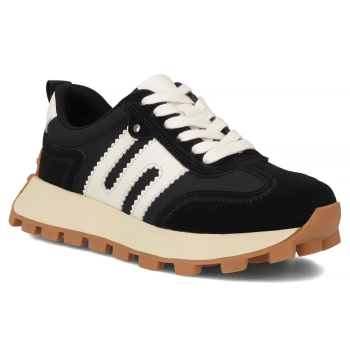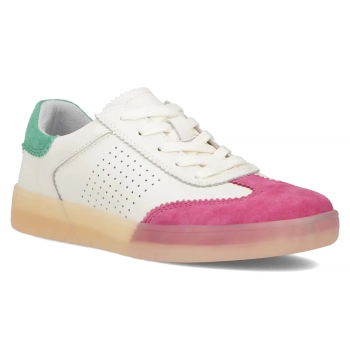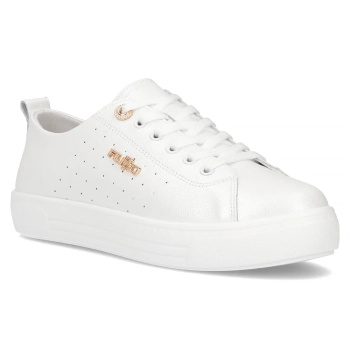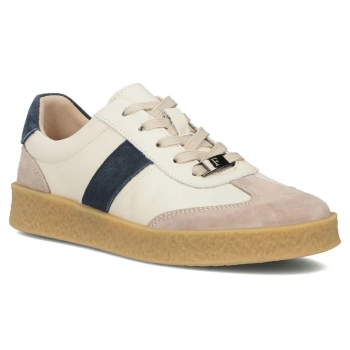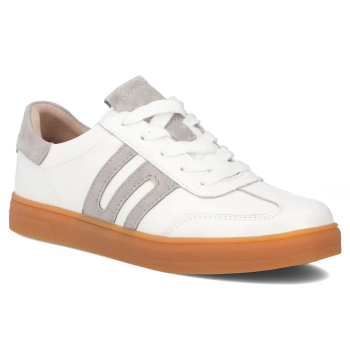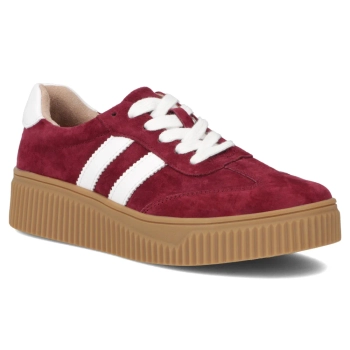What kind of treadmill running shoes? A guide for beginners and advanced
You are starting your adventure with the treadmill? Or maybe you have hundreds of training sessions behind you? The right footwear is the foundation of your comfort and safety. An ill-fitting one can lead to injury, chafing and faster fatigue. We've put together a guide to help you find the perfect treadmill running shoes. Check what to look for and what to follow when buying!
Table of Contents:
- Which shoes for the treadmill? Key features to look out for
- How to choose the perfect treadmill shoes?
- Electric treadmill running shoes - what kind to buy?
- Women's treadmill running shoes - recommended models and tips
- Treadmill running shoes - how they differ from outdoor running shoes?
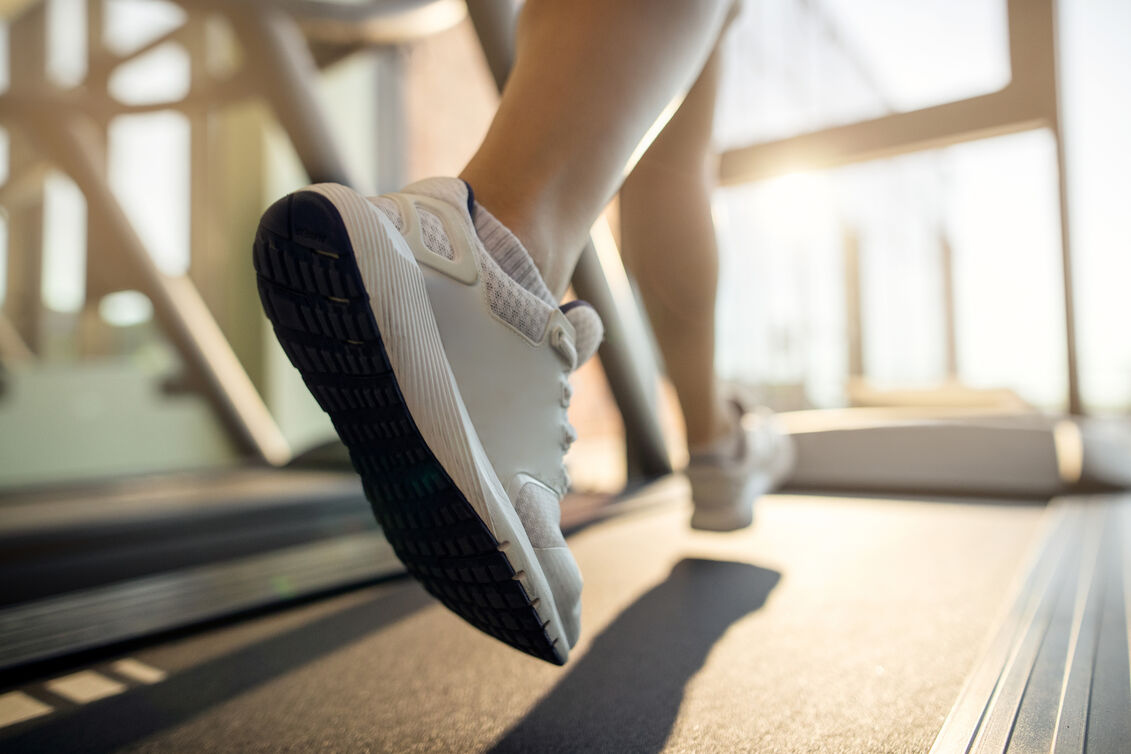
Which shoes for the treadmill? Key features to look out for
Wondering which treadmill shoes will work best? Pay attention to some fundamental features that determine the quality and comfort of training. When choosing running shoes, use both fashion and common sense.
Above all, take care of proper cushioning. Although treadmills are considered gentler on joints than asphalt, you still need support in the heel and midfoot area. Well-chosen shoes should have a soft and resilient sole that absorbs shock and reduces the risk of overloading. Besides, pay attention to the breathability. The foot works hard during training, and the lack of ventilation quickly ends in discomfort or chafing. When choosing shoes for the treadmill, bet on models with a mesh upper. This is because their structure ensures adequate air circulation.
When buying shoes for running on a treadmill, consider the grip of the sole. It plays an extremely important role, especially when you train dynamically or in intense intervals. Models designed for treadmill exercise often have a smoother tread structure than outdoor running shoes. As a result, this type of shoe better adapts to the uniform surface of the strip.
Don't forget to properly fit the shoe to your foot type. You tend to overpronate (put your foot inward)? Look for models with additional arch support. As a runner with a neutral foot, you can allow yourself more freedom when choosing footwear. Nowadays, most manufacturers offer models with a clear indication of pronation type. It will make it easier for you to make the right decision. You don't know what type of foot you have? Perform a simple wet track test. This will assess how your foot is laid out.
Although the classic sneakers are tempted by comfort and appearance, will not pass the test. This is because they do not provide proper cushioning and stabilization, so they can lead to injuries. Which treadmill shoes to choose? Opt for models that support your health and movement. Remember that a good workout starts with taking care of your feet.
How to choose the perfect treadmill shoes?
When buying footwear, consider all the relevant issues. Keep your feet comfortable and safe. Well-chosen treadmill running shoes will give you more satisfaction from training and reduce the risk of injury. When you exercise, your knees, Achilles tendons and ankle joints are particularly vulnerable to damage.
Want to buy the perfect model? Consider 3 key elements: fit, functionality and training goal. Treadmill shoes should be lightweight, fit the foot well and have a flexible sole. Footwear that is too rigid restricts the natural movement of the foot. Conversely, models that are too soft worsen stability. Take into account the height difference between heel and toe. On the treadmill, shoes with a moderate drop (6-8 mm) that support a smooth step will work better.
Buy shoes half a size larger than the ones you wear every day. When running, your foot gently moves forward and swells slightly. Therefore, shoes that are too tight can cause chafing and discomfort. So check that it remains ok in the front. 0.5 cm of play. By keeping this kind of margin, you will protect your nails from pressure. Order the shoes online and try them on at the end of the day or after a light workout when your foot is slightly tired. In this way, you will best replicate the conditions of actual use.
You are tempted by the versatile sneakers? They are not the best option because they do not provide adequate cushioning and support. During regular exercise can lead to overloading. Therefore, order shoes designed with running in mind.
When you hit on the perfect treadmill running shoes, you'll forget you have them on your feet. They will work so well with your movement and rhythm.
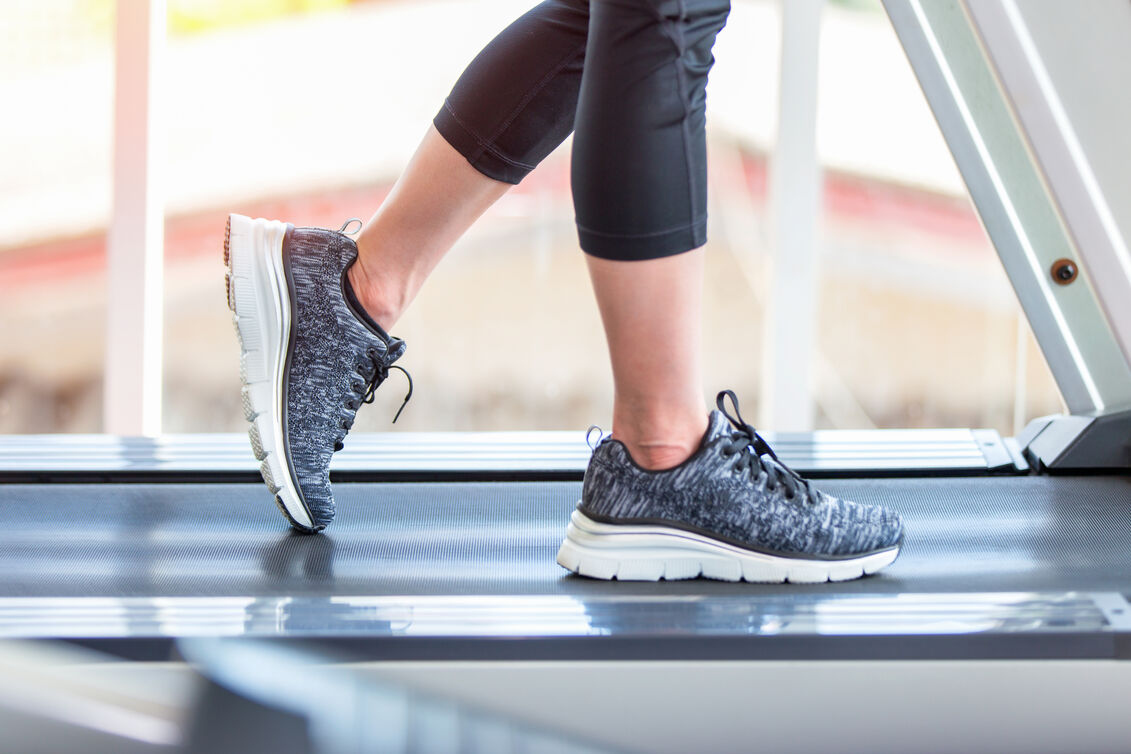
Electric treadmill running shoes - what kind to buy?
Did you know that electric treadmill running shoes must meet specific requirements? Each of these has a direct impact on your performance and health.
When looking at footwear, pay attention to traction and cushioning. Although the electric treadmill uses a vibration dampening system, it still generates loads, especially during intense intervals and cardio sessions. Good shoes should have a lightweight and foam sole that protects the joints and translates into smooth movement. Look for models with a flexible forefoot that naturally supports the rolling of the foot. Footwear with a breathable upper made of technical mesh will also be great. This is because the mentioned material prevents the foot from overheating.
Sometimes, in the heat of shopping, runners reach for the leather sports shoes. Many consider them durable and reliable. Unfortunately, leather does not breathe as effectively as modern synthetic materials. During intense training, it may not be able to keep up with wicking away moisture and heat, which promotes chaffing.
Electric treadmill running shoes will make your workouts more effective and enjoyable.
Women's treadmill running shoes - recommended models and tips
When buying women's treadmill running shoes, you need to match them to the type of training, individual foot structure, running style and lifestyle.
Models designed for physically active women tend to have a narrower heel and a better-fitting upper. This increases stability and reduces the risk of the foot moving inside the shoe. When choosing footwear, opt for a soft and responsive midsole that absorbs shock and supports foot rolling. During training, good ventilation plays a key role, so airy materials with mesh will work best. They will keep your foot dry even during intense exercise.
Remember that fashionable women's sneakers are not designed for running. They lack adequate foot arch support, cushioning and stabilization. Therefore, they will not replace professional treadmill shoes, especially when exercising regularly.
Women's treadmill running shoes should be lightweight, breathable, well-fitted and take into account the biomechanics of the female body.
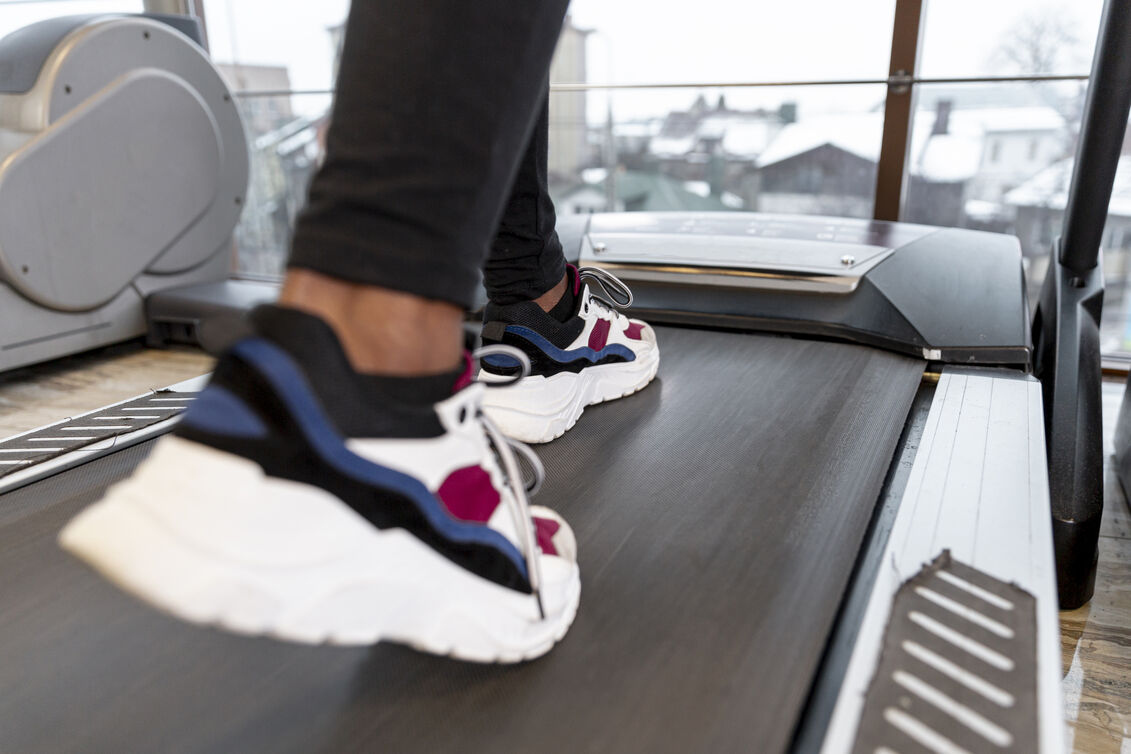
Treadmill running shoes - how they differ from outdoor running shoes?
It seems to you that all sports shoes look alike and have the same use? There are major differences between them, especially if you consider outdoor running shoes and models designed for the treadmill. Designers, already at the design stage, take into account the conditions of use. See the difference between treadmill and outdoor running shoes before you decide to buy one!
Models that are used for outdoor running have a more aggressive tread. The said element provides better grip on uneven asphalt, cobblestone or gravel paths. Meanwhile, treadmill shoes are distinguished by the presence of a softer, almost flat tread. This one does a great job on the smooth and cushioned surface of the belt. As a result, the foot adheres better to the ground and the risk of slipping is minimal.
Treadmill running shoes are generally lighter. After all, they don't need to protect their feet from uneven terrain, rocks or moisture. Less material translates into better ventilation, which plays a key role during long and intense exercises.
On a treadmill, which itself has a shock absorption system, a sole that is too thick and hard can disrupt the natural rhythm of running. Accordingly, indoor shoes are usually distinguished by the presence of responsive and flexible foam. This one supports a soft and dynamic step.
Treadmill running shoes meet the needs of your foot when you train in an enclosed space.
